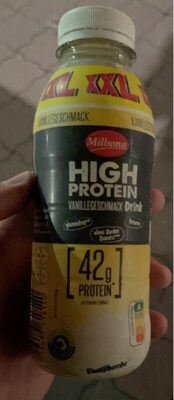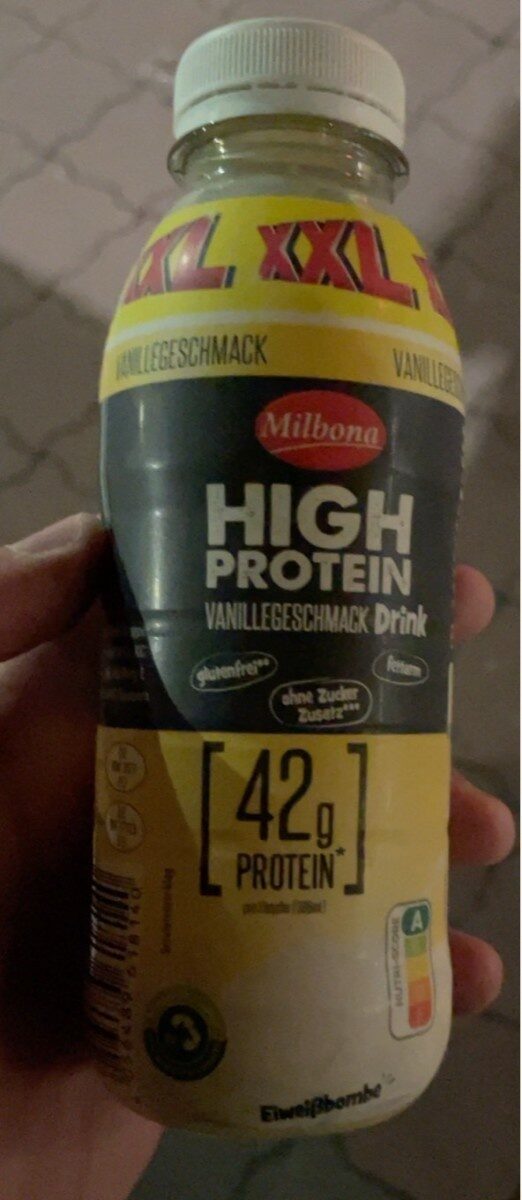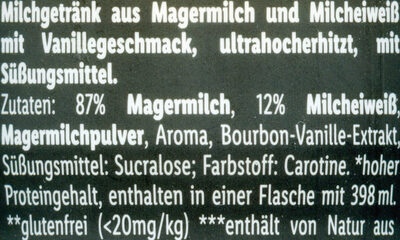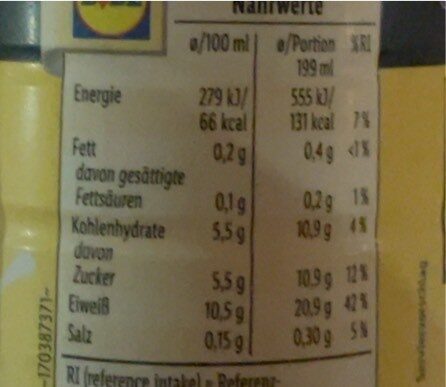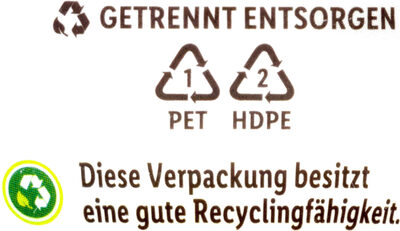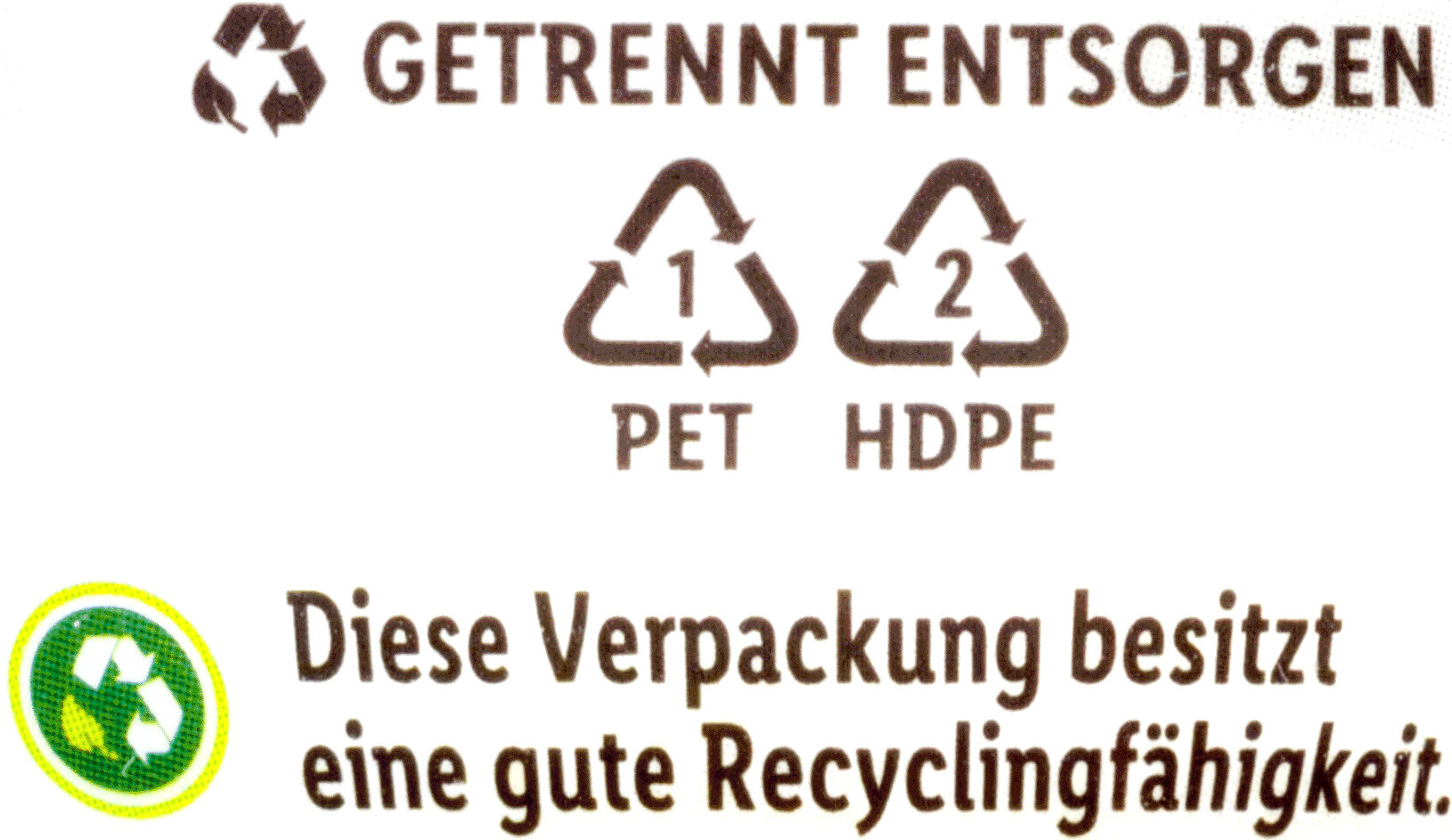High Protein Vanille xxl - Milbona - 1pcs
This product page is not complete. You can help to complete it by editing it and adding more data from the photos we have, or by taking more photos using the app for Android or iPhone/iPad. Thank you!
×
Barcode: 4056489618140 (EAN / EAN-13)
Common name: Milchgetränk aus Magermilch und Milcheiweiß mit Vanillegeschmack, ultrahocherhitzt, mit Süßungsmittel.
Quantity: 1pcs
Packaging: Plastic, Hdpe-high-density-polyethylene, Pet-polyethylene-terephthalate, Bottle, Label, Lid
Brands: Milbona, Lidl, Molkerei Gropper
Categories: Beverages, Dairies, Dairy drinks, Dietary supplements, Bodybuilding supplements, Protein shakes
Labels, certifications, awards: Low or no fat, Low fat, No gluten, Source of proteins, High proteins, No added sugar, Nutriscore, Nutriscore Grade A
Traceability code: DE NW-303 EG, DE BY-77723 EG
Stores: Lidl
Countries where sold: Germany
Matching with your preferences
Report a problem
Data sources
Product added on by worldtest
Last edit of product page on by prepperapp.
Product page also edited by kiliweb, roboto-app, yuka.sY2b0xO6T85zoF3NwEKvlhBYdPz7pi7gPizuqHam9Pq0HoXsSMtwx4vlOqs.
